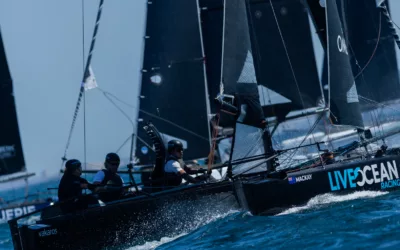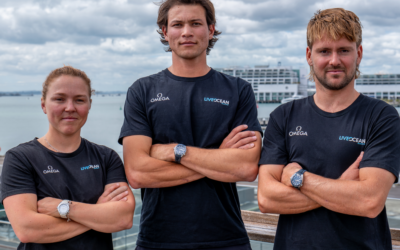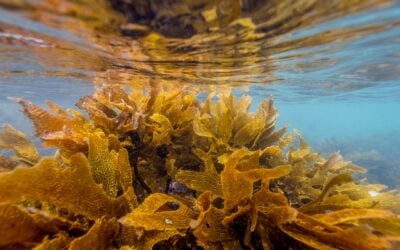Today is the first-ever World Albatross Day (Friday 19 June). To celebrate the global event and to highlight the plight of Aotearoa New Zealand’s Antipodean albatross, a team from the sporting, ocean conservation and creative sectors joined forces to tell this important story.
Sailors Peter Burling and Blair Tuke through their marine conservation charity Live Ocean, Science Alive Mātauranga, Taylormade Media and a host of others took up the challenge to connect New Zealanders to this incredible bird through video. At the same time, the aim was to educate the public about the dangers our albatrosses face at sea.
Albatrosses are considered a conservation crisis globally. The Department of Conservation (DOC) have identified fishing as the key threat for Antipodean albatrosses as they are ship followers and can be accidentally hooked on longlines fishing for tuna and swordfish both inside and outside our Exclusive Economic Zone (EEZ).
The challenge was how to engage the public with this iconic kiwi bird when most people haven’t seen one. With a timeline of less than two weeks, Animation Research, the company behind the America’s Cup graphics, put everything on hold. With funding from the Science Alive Mātauranga Trust, they set about creating a 3D animation of the Antipodean albatross which has been interwoven with existing footage. Narrated by eleven-year-old Manawanui Maniapoto Mills, the video tells the story of this “Sentinel of the Ocean,” and the threat that it now faces from longline fishing.
“We need to care” says Peter Burling. “These are our birds, they breed in New Zealand. The ocean is their home and they’re master voyagers and navigators. What’s been amazing is how people dropped everything to pull this together by World Albatross Day. This story has to be told.”
New Zealand is the stronghold for the world’s albatrosses, and we have more types breeding here than anywhere else in the world. Of our albatrosses, the Antipodean albatross is the species most at risk of extinction. The population has declined from around 18,000 breeding birds in 2004 to 6,000 in 2019. A million years in evolution and they could be gone in 20 years.
Blair Tuke says “We’re losing too many. As a country, we need to turn this around. That means continuing to collect the at-sea data and being prepared to act on it so we’re not tracking these birds to extinction. We can’t be the first country in the world to lose an albatross species. That’s not a race New Zealand should win”.
In January this year, Antipodean albatrosses were listed in Appendix One of the Convention of Migratory Species (CMS) alongside other well-known species such as blue whales and snow leopards. It is the world’s most serious threat classification for migratory species. In New Zealand, they have our highest threat classification of ‘nationally critical’, which is the same classification as the kākāpō.
New Zealand is considered the seabird capital of the world. Yet 90% of our seabirds are threatened with or at risk of extinction.
Live Ocean helped raise funds for the Antipodean albatross tracking programme in partnership with Southern Seabirds Solutions Trust as part of DOC‘s long-standing monitoring programme.



